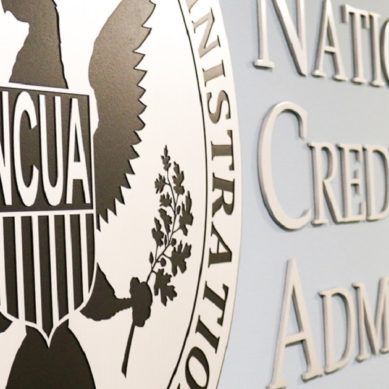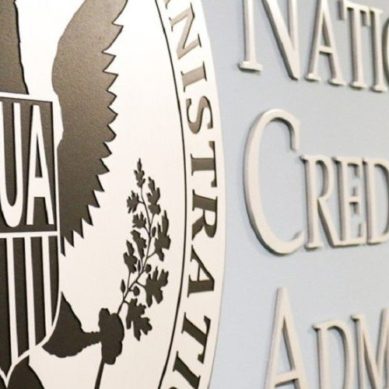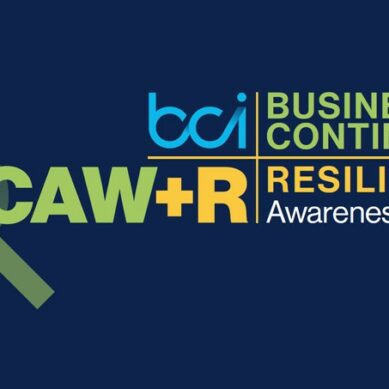Since the beginning of 2022, the Federal Reserve’s decision to raise interest rates has led to a decline in liquidity. As a result, regulators and examiners have intensified their scrutiny to ensure that financial institutions maintain sufficient liquidity levels to protect the stability of the entire system.
The rapid pace of Federal Reserve rate increases has not been seen for over 40 years. In the early 1980s, the Fed Funds rate increased by a staggering 9 percentage points and briefly topped out at 22%. Since then, there has been no more than a 4- percentage point increase in the Fed Funds rate during any 12-month period, until now. Changes in consumer behavior and a rapid decrease in investment values are further exacerbating the situation.
We would like to share our industry experience and suggest some action steps that can be taken now.
Field experience
Our advisors regularly receive feedback from clients nationwide regarding their stress points, concerns, and examiner comments. Additionally, we assess unrealized portfolio losses, liquidity stress, and interest rate risk for hundreds of clients, providing us with a distinctive industry-wide viewpoint. We have observed a definitive change that began in 2022 and has persisted, with liquidity being affected by several factors:
Unrealized portfolio losses: Pandemic-related stimulus programs led to a surge in investment portfolios due to an influx of deposits. Our recommendation to clients was to keep their portfolios short. However, many institutions invested in longer-term securities with maturities of 5 years or more. As interest rates rose dramatically, the values of bonds have come under strain and turned negative. The Federal Reserve has indicated its commitment to maintaining high rates until inflation recedes, so we anticipate volatility to persist for a while.
Deposit run-off: In the second quarter of 2022, industry-wide deposit balances declined for the first time in years. Initially, most of our clients did not raise deposit rates significantly in response to the Federal Reserve’s rate increases. However, as rates continued to climb, almost all clients raised their non-maturity deposit rates and CD rates. The total cost of funds for our clients surged from 29 basis points in late 2021 to 66 basis points by the close of 2022, more than doubling the funding costs for the year.
Loan demand: Some of our clients have experienced significant loan demand. Industry-wide, loan growth outpaced deposit growth in the second half of 2022 for the first time since 2019.
Borrowing: Financial institutions under liquidity stress are likely to resort to wholesale funding before selling securities at a loss. Borrowing has become increasingly prevalent, even among institutions with moderate loan-to-deposit ratios.
Core deposit funding costs: Core non-maturity deposits are the primary funding source for many financial institutions. When interest rates are extremely low, term deposits usually account for less than 10% of total funding. However, as interest rates climbed in 2022, depositors began moving from money market accounts to CDs. This drives up funding costs but doesn’t always bring in new money.
Higher rates and margin
There is a widespread belief that when the Federal Reserve raises rates, financial institutions’ margins will also increase. This theory suggests that deposits at financial institutions are “sticky” and kept for reasons other than interest rates, such as convenience, direct deposit, borrowing relationships, or ease of bill pay.
Historically, it has not been necessary to match an increase in the Federal Funds rate to retain local core deposits. We witnessed ample evidence of this in 2022, when most of our clients increased nonmaturity deposit rates by little or nothing in response to a 400-basis point rise in the Fed Funds rate. Concurrently, investment and loan yields have increased, resulting in higher margins. However, while this correlation may hold true for certain market cycles and institutions, it is too simplistic and may overlook more complex conditions that exist now.
The incremental cost of borrowing
Financial institutions with a moderate or high loan-to-deposit ratio are increasingly finding themselves in a borrowing position due to a combination of factors, such as simultaneous loan growth and deposit runoff. In the past, institutions would sell investment securities to fund loan growth, but now it is more common to borrow instead of selling bonds at a loss.
However, borrowing costs are high across the board due to the current yield curve. It is no longer feasible to borrow short and lend long, as the spread is inadequate. As of early 2023, FHLB fixed rate advances were available at rates between 4.00% and 5.00% depending on the term. We expect advance rates to remain high throughout 2023.
Impact of borrowing to fund loan growth
Let’s take a hypothetical scenario to illustrate how borrowing can affect a financial institution. Suppose we have an institution with $250 million in assets, which borrows $25 million at a rate of 5.00% to fund loans at 7.00%. This aligns with the institution’s plan to grow loans by 10% annually.
We have calculated the incremental margin of the new loans and borrowings to be approximately 1.50%. This calculation involves dividing the higher earnings of $375,000 by the transaction amount of $25 million. Our rationale for performing these calculations is to demonstrate that borrowing solely for growth is not currently a wise strategy.
The simulation above adds $375,000 to the bottom line, but it also introduces a significant risk. It is reasonable to assume that some of the new loans will underperform or be charged off. Depending on the loan type, the required CECL reserve could be 1.00% or more.
Institution size and deposit type
The discussion thus far has centered on financial institutions experiencing loan growth, deposit run-off, or unrealized losses in their investment portfolios. In many instances, all three factors are present. However, smaller institutions with higher concentrations of core local deposits and slower loan growth are more likely to avoid costly borrowing.
On the other hand, larger institutions, particularly those that traditionally borrow, have already experienced a steep increase in funding costs. In some cases, the rise in funding costs occurred rapidly, catching many off guard since it was not anticipated that the Federal Reserve would raise rates as quickly as it did in 2022.
Action items
To address these challenges, I recommend the following action items as funding needs change over time:
- Discuss and carefully balance the potential benefits of loan growth with the cost of funding that growth.
- It’s important to thoroughly consider all options, including the option of slower loan growth, as it may be a more prudent strategy in some cases.
- Review the true yield and costs of indirect loan programs and loan participation. These programs allow institutions to diversify their loan portfolios, potentially increasing overall profitability. However, these programs also come with potential risks. Institutions must thoroughly evaluate the creditworthiness of the borrowers and the potential risks associated with the loans. There may also be additional costs associated with due diligence and monitoring.
- A rise in interest rates can lead to higher borrowing costs, which may decrease borrowing and slow down economic growth in the short run. However, in the long run, it may result in slower inflation and a more sustainable and stronger economy. It is important to note that during the short run, higher delinquency and charge-offs may be observed.
- Consider evaluating the costs of all available funding options, even if they have not been utilized in the past. It may be beneficial to explore options such as brokered deposits, which could potentially be a less expensive funding source.
- Carefully consider structured borrowing options and the associated interest rate risk.
- Focus on improving deposit-gathering strategies to increase the availability of low-cost funding.
Changes will continue
The primary function of our industry is to fund illiquid assets (loans) with liquid liabilities (deposits). For many years, liquidity stress was not a top concern, but recently, the need for liquidity has been changing, and the cost of funding is on the rise, particularly for institutions that need to borrow.
Credit unions can better position themselves for these changes and challenges by keeping informed and considering the steps laid out above.
























































